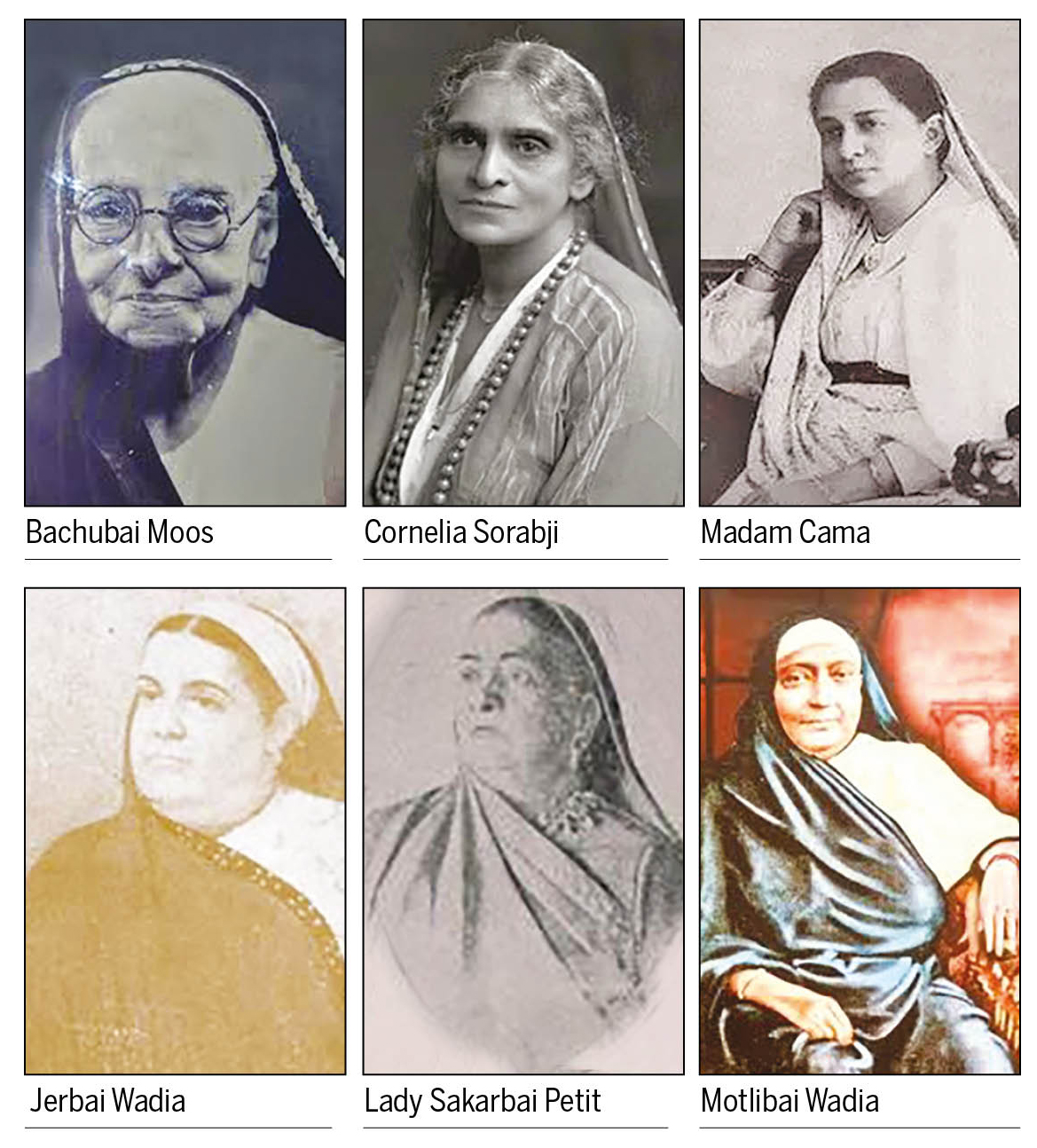 International Women’s Day, celebrated annually on 8th March, offers an annual opportunity to reflect on progress made, to call for change, and to celebrate acts of courage and determination by ordinary women who have played an extraordinary role in the history of their countries and communities. As we celebrate International Women’s Day this year, the theme: ‘Invest In Women: Accelerate Progress’ gains significance.
International Women’s Day, celebrated annually on 8th March, offers an annual opportunity to reflect on progress made, to call for change, and to celebrate acts of courage and determination by ordinary women who have played an extraordinary role in the history of their countries and communities. As we celebrate International Women’s Day this year, the theme: ‘Invest In Women: Accelerate Progress’ gains significance.
Unfortunately, despite global efforts, gender equality continues to remain the greatest human rights challenge. It’s time we realize that investing in women is a human rights imperative and cornerstone for building inclusive societies. Indeed, progress for women benefits us all. This year’s focus therefore is ‘Count Her In: Accelerating Gender Equality Through Economic Empowerment’. This theme aligns with the priority theme for the United Nations’ sixty-eighth Commission on the Status of Women (CSW-68) and recognizes that, despite progress, women face significant obstacles to achieve equal participation in the economy and calls for ensuring equal opportunity for women and girls to build their capabilities and strengthen their capacity to learn, earn and lead.
Invest In Women
Studies indicate that investing in women’s education, health and increased access to resources can have a positive effect on economic prosperity, building stronger nations as well as a sustainable and fairer world. Women, across the globe, contribute both, directly and indirectly towards economic growth and development. The most direct way is through their workforce participation that not only boosts production but also tax contributions, incomes and savings at the household, community and the national level. However, the extent of their contribution is often restricted by their lack of ownership and control over productive assets as well as limited access to education, training and health mediums.
Status Of Women In Zoroastrian Society
The status of a woman in Zoroastrian society has always been highly emancipated and elevated. In fact, a fundamental precept of the Zoroastrian religion is gender parity or equality. Men and women are treated as equal and our history is replete with examples of women who were trained like men to ride a horse and use weapons, fight in battles and even rule as monarchs of ancient Iran. Even today, Parsis rejoice at the birth of a girl-child with the same gusto as they do, a boy. Boys and girls are equally encouraged to pursue higher studies and attain professional excellence.
In the Avesta, man is addressed as ‘Nmano pati’ which means ‘Lord of the House’, and woman as ‘Nmano pathni’ which means ‘Lady of the House’, with both playing different, yet complementing roles, at equitable positions. The status of a wife in a Zoroastrian household is at par with that of her husband.
Even during the Sasanian era, women were highly liberated, with the right to hold property and represent or defend herself before a judge in court. Women also enjoyed (and still do) the freedom to choose their own life-partners, and widows could and still can remarry. A Pahlavi text by the title Madigan-i-Hazar Datistan (the Digest of a Thousand Points of Law) deals exhaustively with the rights of a woman in her role as mother, wife and daughter.
Divine Gender Parity
Noted Zoroastrian scholar, Dr. I J S Taraporewala, whose translation of the Gatha is still considered the most mystic and lucid, states: “It is rather remarkable that three out of the six Holy Immortals should represent the masculine aspects of God and the other three the feminine aspect. This is but one of the many hints we get in Zoroaster’s religion of the absolute equality of the sexes.”
Dr. Taraporewala speaks here of the Six Amesha Spenta or Divine Attributes and Energies of the Creator (Hormuzd) who is the first among the six. The Amesha Spenta represents, at one level a Divine quality of Ahura Mazda, and at another, the guardian of a good creation. See the table:
| Amesha Spenta | Quality | Gender | |
| 1 | Hormuzd | Creator | Neutral |
| 2 | Bahman | Wisdom | Male |
| 3 | Ardibehesht | Truth and Order | Male |
| 4 | Shehrevar | Power and strength | Male |
| 5 | Spendarmad | Piety and Purity | Female |
| 6 | Khordad | Perfection and wholesomeness | Female |
| 7 | Amardad | Eternity and Infinity | Female |
While the first three (Bahman, Ardibehesht and Shehrevar) represent Ahura Mazda’s Masculine aspects, the other three (Spendarmad, Khordad and Amardad) represent His feminine characteristics. Interestingly, the ratio of masculine to feminine attributes is equal. More amazingly, the feminine qualities of piety, perfection and eternity attributed to the Divine Creator are so apt!
Courage
Even after their arrival in India, Parsi women have demonstrated their grit and valor. The battle of Variav is a classic example. The Parsis who had settled in Gujarat, after fleeing from Iran, had grown prosperous by dint of their hard work. However, towards the end of the eleventh century the Raja of Ratanpur (probably a local chieftain) began to demand unreasonable tribute from the Parsi farmers on account of their prosperity. When the Raja first sent his troops, the Parsis put up a fight and made them beat a hasty retreat. Later, the Raja sent his troops again, this time cunningly, when all the Parsi men were away in Tena (near Surat) to celebrate the Gambhar feast.
As the Raja’s troops began to gather outside the village, the brave Parsi women of Variav decided not to give up without a fight. Putting on the clothes and armour of their men folk and tucking their long hair under battle helmets, the women made the troops beat a hasty retreat yet again, but, at which point the helmet fell off the head of one woman and the troops decided to turn around and fight even more fiercely. When the women grew tired and hope of victory seemed impossible, they decided to fling themselves and drown in the Tapti River, preferring death to dishonor.
To this day, Parsis of South Gujarat observe Roj Ashiswangh of Mah Fravardin as the day of Jung-e-Variav (battle of Variav) where at a community feast (after prayers and ceremonies) the Parsis eat fava or lima beans (Gujarati Vaal) which has a slightly bitter taste and reminds them of the bitterness of this tragedy, just the way the Jews eat bitter herbs at the feast of Passover, to remind them of the bitterness of slavery.
Contribution Of Parsi Women
Parsi women have left their mark of excellence in varied fields. Madam Bhikhaiji Cama was a spirited revolutionary who unfurled a flag in Germany, which was to later become the Indian National flag with a few modifications; while Lady Sakarbai Petit gave Mumbai its first veterinary hospital. Cornelia Sorabji was the first Indian female barrister who fought relentlessly for the rights of women and orphans; Bachubai Moos, with the support of her father Ardeshir, founded the Girton High School for girls.
Jerbai Wadia was a visionary who built low-cost housing tenement for poor and needy Parsis, while Motlibai Wadia rebuilt the Udvada Atash Behram and set aside a sum for the future upkeep of the building. The road from the Udvada railway station, a distance of over three miles, was constructed at her expense and she even deposited money with the Government to be used for its repairs.
In the Zoroastrian tradition, a woman is as much a Rathestar (a soldier against the forces of evil) as a man. Zoroastrian women have proved their leadership qualities throughout history, both, in Iran as well as after their arrival in India and later Diasporas.
On the occasion of Women’s Day 2024, may we remind readers of what we pray in Yasna Haptanghaiti, “May a good ruler, man or woman, rule over us in both the (spiritual and physical) realms!”
- The Poison of Pessimism - 27 April2024
- Celebrating The Interplay Of Life And Fire! - 20 April2024
- Customs To Observe At Atash Behram Or Agyari - 13 April2024
